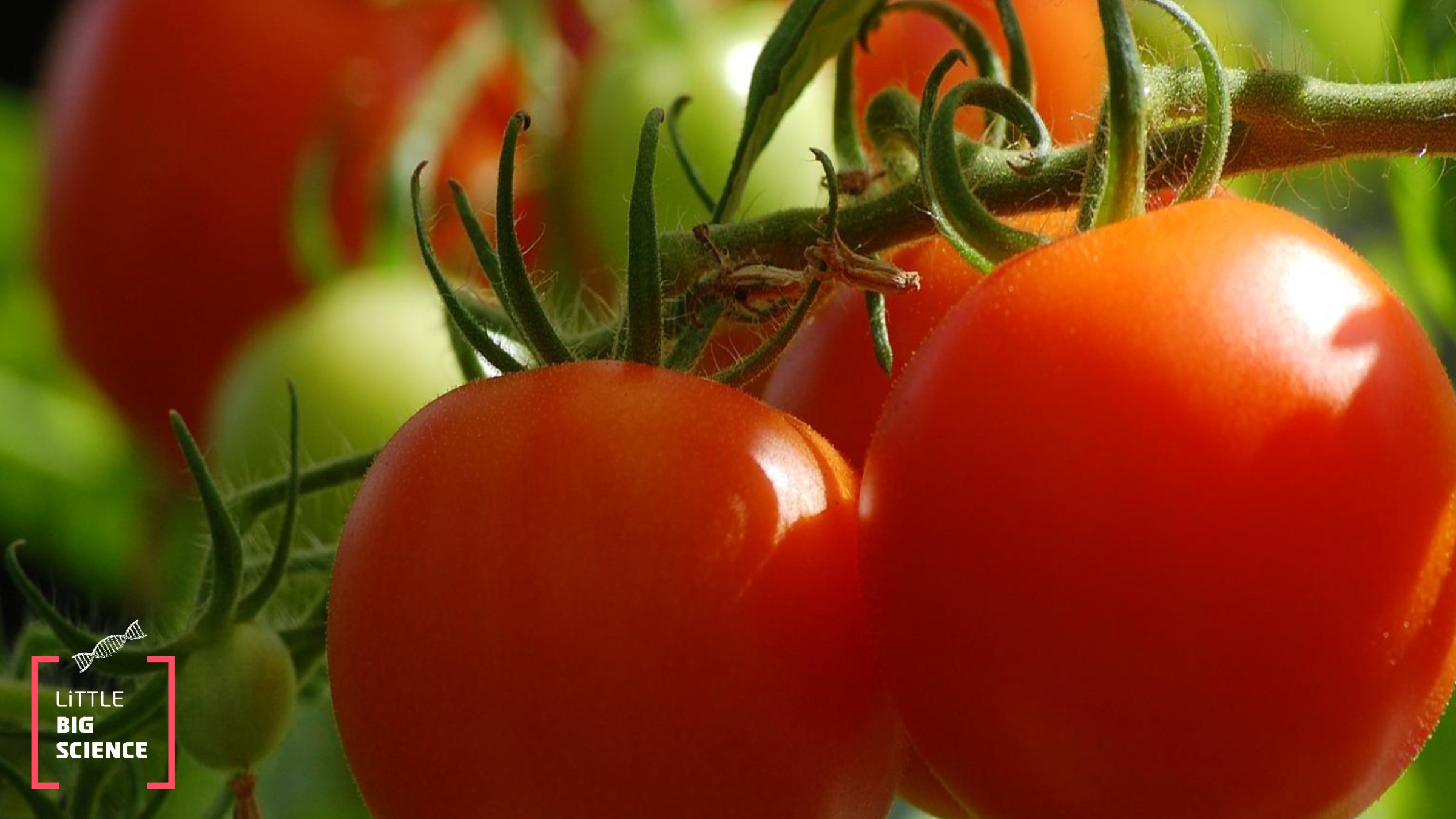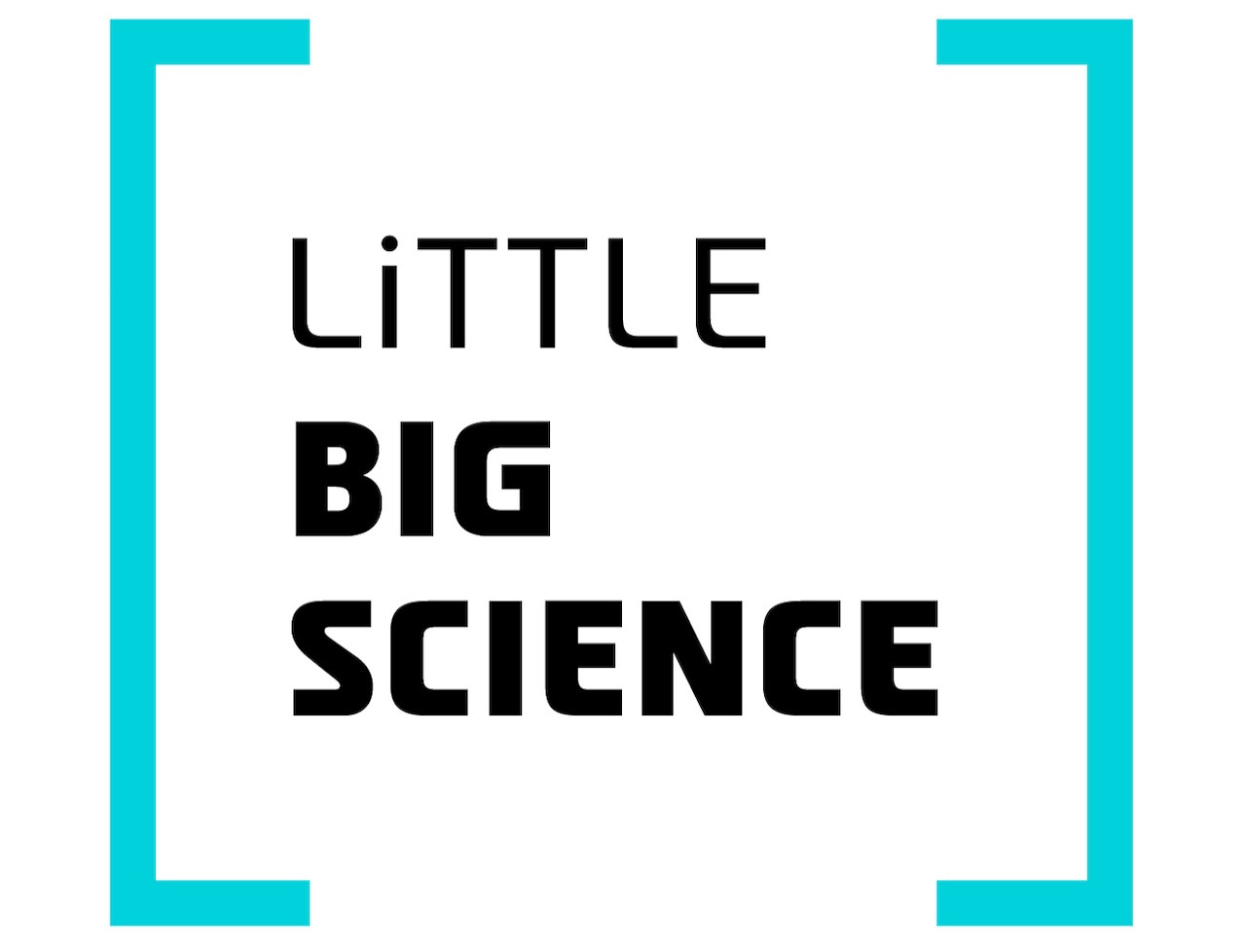
Why do plants possess so many genes that seemingly serve the same function? Is this redundancy merely wasting the plant's resources? Findings from recent tomato studies indicate that this phenomenon is crucial for maintaining proper plant function under diverse environmental conditions.
Advertisement
Guest post by Dr. Natanela Illouz-Eliaz and Alon Israeli of the Faculty of Agriculture, the Hebrew University of Jerusalem, who led the studies described below.
Hormones are substances that are secreted by an organism in order to regulate its developmental and metabolic processes. A hormone is recognized by proteins that convey a signal into the cell and translate it into an appropriate response. This phenomenon is not unique to animals; it also occurs in fungi and plants. During the evolution of plants, the number of genes involved in regulating plant hormones increased. Two key plant hormones, Auxin and Gibberellin, play central roles in mediating developmental processes. Auxin promotes the formation of roots, leaves, flowers, and fruits. Gibberellin acts as a growth hormone and participates in germination and stem elongation. Like Auxin, it also plays a role in flowering and fruit development [1,2].
Despite their different functions, plants monitor the presence of these two hormones in a similar way. When hormone levels are low, an inhibitory factor prevents the hormone from activating the processes it controls. When hormone levels rise, the hormone binds to a receptor protein, leading to the degradation of the inhibitor and the activation of the hormone-regulated responses. Early plants (such as algae, mosses, and ferns) have only a few genes that encode the proteins in these systems. However, flowering plants and trees, have many more genes that appear to encode for proteins performing the same task in the signalling pathway. But why do some plants possess so many genes that seem to perform the same function? Why invest in what looks like superfluous genes? [3-5] This phenomenon, whereby families of genes or multiple genes carry out the same function, is called genetic redundancy. Two recent studies published by researchers at the Faculty of Agriculture of the Hebrew University reveal that this redundancy is crucial for maintaining proper plant function under varying environmental conditions. Both studies used tomato as a model plant [6,7].
The structure of the leaf is crucial for plants because the process of photosynthesis, the plant’s source of energy, takes place there. Tomato leaves are compound, consisting of several leaflets. In order to generate such a complex shape, Auxin must be activated and deactivated at precisely the right times and at precise locations. To understand the importance of gene groups in the auxin-sensing pathway, the researchers conducted two experiments. In the first experiment, they created plants in which two groups of genes were disrupted. One group of genes inhibits Auxin perception, while the other promotes it. The researchers then examined how this disruption affected leaf shape. They found that plants lacking an inhibitor of the auxin response exhibited growth across the entire leaf blade, resulting in a large, simple, smooth leaf without small leaflets. In plants lacking a promoter of the auxin response, the leaves were narrow with fewer leaflets. Surprisingly, plants missing both an inhibitor and a promoter reverted to normal leaf form (Figure 1). This suggests that the plant can manage without some of the proteins that promote and inhibit the auxin response [6].
.

Figure 1: From left to right: a normal leaf; a leaf from a plant lacking an inhibitor; a leaf from a plant lacking a promoter; a leaf from a plant lacking both inhibitor and promoter.
To understand this phenomenon, the researchers conducted a second experiment. They exposed the plants lacking the promoter and inhibitor to variable environmental conditions such as wind, precipitation, light levels, and temperature fluctuations. The result showed that, although the plants could cope without a specific inhibitor and promoter, the leaves produced by each individual plant were slightly different in shape. In other words, the basic structure formed, but it was less robust under varying environmental conditions (Figure 2). Additionally, these plants were much more sensitive to changes in auxin levels [6].

Figure 2: Top row – leaves of the normal plant. Bottom row – highly variable leaves of plants lacking both inhibitor and promoter genes. Figure adapted from [6].
Plants lacking one or two receptor genes grown under controlled, optimal conditions were very similar to plants with all three receptors. This indicates that the absence of one or even two receptors does not impair normal development. However, when the plants were grown under natural, changing environmental conditions, the plants' stability declined, and they exhibited varying degrees of dwarfism (Figure 3).
These results demonstrate that gene multiplication, which appears as genetic redundancy under optimal, controlled conditions where only one out of three receptors is sufficient for normal development, is actually detrimental. In changing environments, multiple genes are necessary for proper growth. In other words, the proliferation of genes within the same family is not a redundancy but rather an essential functional overlap. Under extreme conditions, when hormone levels fluctuate dramatically, the “extra” capacity to sense the hormone and thereby propagate the signal and responses preserves stability [7].
.

Figure 3: Left – a normal plant. Right – two genetically identical plants display different degrees of dwarfism in the field. Image from [7].
English editing: Gloria Volohonsky.
References:
[1] Weiss D and Ori N. 2007. Mechanisms of cross talk between gibberellin and other hormones. Plant Physiology 144: 1240–1246.
[2] Shwartz I, Levy M, Ori N and Bar M. 2016. Hormones in tomato leaf development. Developmental Biology 419: 132–142.
[3] Israeli A, Reed JW, Ori N. 2020. Genetic dissection of the auxin response network. Nature Plants 6: 1082–1090.
[4] Mutte SK, Kato H, Rothfels C, Melkonian M, Wong GK-S, Weijers D. 2018. Origin and evolution of the nuclear auxin response system. eLife 7: e33399.
[5] Salehin M, Bagchi R, Estelle M. 2015. SCFTIR1/AFB-based auxin perception: mechanism and role in plant growth and development. The Plant Cell 27: 9–19.
[6] Israeli A, Capua Y, Shwartz I, Tal L, Meir M, Levy M, Bar M, Efroni I & Ori N. 2019. Multiple auxin-response regulators enable stability and variability in leaf development. Current Biology 29: 1746–1759.
[7] Illouz-Eliaz N, Ramon U, Shohat H, Blum S, Livne S, Mendelson D, Weiss D. 2019. Multiple gibberellin receptors contribute to phenotypic stability under changing environments. The Plant Cell 31: 1506–1519.








